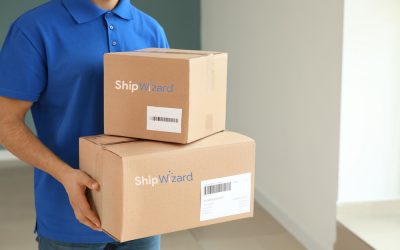Big Data is the big thing these days in so many different sectors.
In logistics, it’s been a conversation piece that’s only getting more attention year after year. And there’s good reason for this, data can literally turn a business around or sink it. If you’ve not already implemented a data-based strategy, now is the best time to get started. Having good analytics can help your company overcome a whole range of logistics challenges.
Getting More Out of Your Data
Addressing your logistics challenges with data is the absolute best thing you can do for your company.
The more data points you can collect (within reason), the more clear the picture becomes. Data isn’t just a snapshot, it’s a whole grouping of information that can be used to look forward and help businesses like yours predict what’s coming next. But, if you’re not using your data well, you might as well not have it.
That’s why we’re sharing our favorite data usage tips:
#1. Trust the information you’re gathering. Just because you disagree with the data doesn’t mean it’s wrong. If your systems are functioning normally and the equipment (things like bar code scanners, for example) you’re using to collect the data is properly calibrated, there’s no reason to think the data is inaccurate.
In fact, sometimes getting results you didn’t expect can help you figure out what’s been going wrong with your company. Trust the data.
#2. Remember that data is there to answer the questions in logistics. You should be gathering data with questions in mind that need to be answered. Why was your freight bill so expensive last month? Why are orders backed up? Why isn’t anything arriving on time? By collecting the right data and analyzing it to answer specific questions, you’ll end up with a dataset that’s both manageable and actionable.
For example, your freight bill might have turned out to be so expensive because your last mile shipper wasn’t efficient enough, causing extra trips and additional fees.
#3. Use your analytics to drive your shipping strategy. Above all else, your shipping strategy should be built around your analytics, not the other way around. If the data says you’re going to do best shipping from multiple warehouses scattered across the country, don’t throw it out the door and stick with the one warehouse in Portland. That’s a recipe for added costs and wasted data.
Your logistics challenges can crush your business if you let them get out of hand. Seizing control of everything from your warehouse inventory to your last mile deliveries with the addition of Big Data makes all the difference. If you’re not ready to dive into the deep end, don’t worry. Your 3rd party logistics partner has all the tools to get the data party started.









